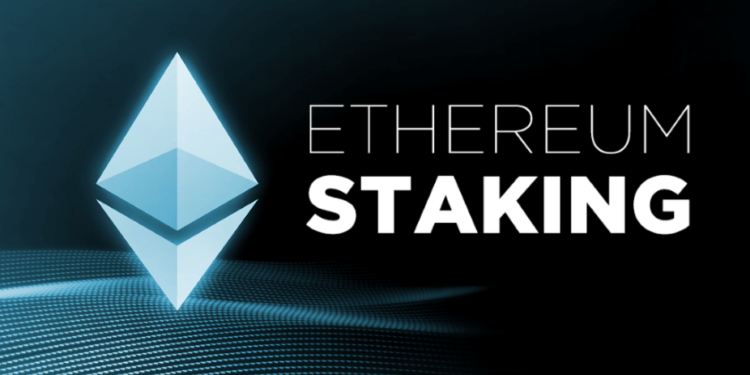Advertisement
Ahead of The Merge Ethereum (ETH) event on September 15, Ethermine, the world’s largest Ethereum mining pool, has revealed the formation of a new Staking pool. However, it is not available to offer U.S. miners
The new service offers Ethermine members the opportunity to pool their ETH and earn interest on their deposits. It only takes 0.1 ETH ($159) to join. However, the smaller the holding, the greater the fee. The platform currently offers a 4.43% interest rate to ETH analysts annually.
At the time of writing, 393 Ether worth approximately $626,000 at current prices has been invested in Ethermine’s new group.
Group staking is significant because they offer competitive interest rates and fewer barriers to entry than staking alone as a node operator when at least 32 ETH ($51,000) is required to operate a node.
Meanwhile, with Ethermine’s interest rate, staking in Ethpool as a node operator will earn an annual interest rate of 4.6%. The move to offer to stake is an Ethermine operation, and it currently operates as a multi-currency mining pool, allowing users to mine ETH, Zcash, Ethereum Classic (ETC), Beam (BEAM), Ravencoin (RVN) and Ergo (ERGO).
After the Merge, ETH mining will be phased out as the network changes from a PoW mining model to a PoS model. At the time of writing, there are 222,657 active miners on Ethermine, accounting for a combined Hash rate of 261.1 terra hashes per second (TH/s). After September 15, the team will only continue to support PoW mining of Ethereum Classic (ETC), Ravencoin (RVN), Ergo (ERGO), and Beam (BEAM).

The end of the mining era
The miner’s dashboard will have a countdown timer for The Merge event, and they can continue mining ETH until the timer hits 0.
ETH miners will soon be replaced by PoS validators, which could help cut ETH network consumption by 99%.
However, some in the ETH mining community have pushed to maintain the PoW consensus mechanism as it is now because The Merge will make their high-power miners redundant.
Other prominent members of the crypto community have also voiced criticism, arguing that the network’s changes will have a negative impact in addition to the loss of mining operations. The current PoW system is a power-intensive process in which miners take advantage of computer power to solve complex puzzles, validate transactions, and earn ETH rewards.
According to the PoS model, participants will lock their amount of cryptocurrency in a Smart contract on the blockchain, their shares acting as security and decentralization of the network.
















